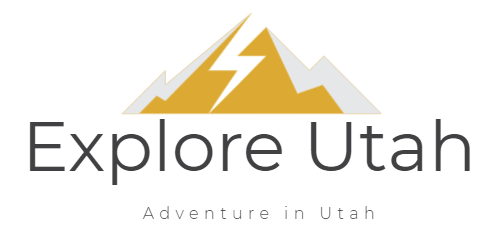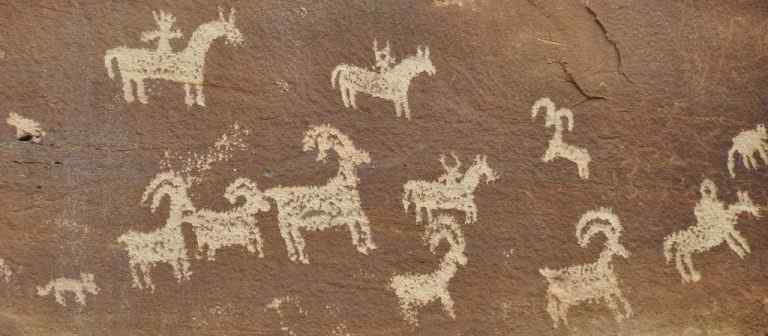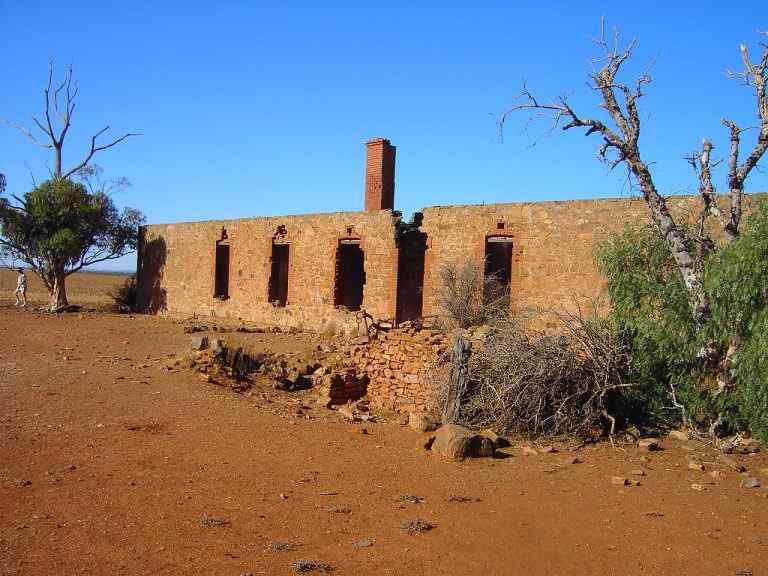Uncovering Utah’s Ancient Native American Culture
Utah’s ancient Native American culture is rich and diverse, with a history spanning thousands of years. Prehistoric tribes inhabited the region long before the arrival of Europeans in the Americas.
These tribes were characterized by their spiritual ceremonies, communal living, and intricate burial rituals.
Resource management was a key aspect of prehistoric tribal life in Utah. These tribes relied on natural resources such as plants and animals for food, clothing, and tools. They also practiced sustainable methods of agriculture to ensure that their communities would thrive for generations to come.
Language preservation was another important aspect of prehistoric tribal life. Many tribes had their own unique languages which were passed down through generations. These languages were used to tell stories, sing songs, and perform ceremonial rituals.
In essence, prehistoric tribes in Utah lived in harmony with nature and each other. Their spiritual beliefs, resource management practices, and language preservation techniques allowed them to thrive as a community for centuries.
Archaeological Discoveries
As we explored in the previous section, prehistoric tribes inhabited Utah’s landscape for thousands of years. These groups developed unique cultures and ways of life that were intricately tied to their land ownership and resource utilization. However, as with many ancient societies, cultural integration and change were inevitable.
One fascinating aspect of Utah’s ancient Native American culture is its spiritual symbolism. Many tribes incorporated sacred symbols into their daily lives, from petroglyphs etched onto rocks to intricate beadwork on clothing.
Today, efforts are being made to revive these symbols and their meanings through language revival programs and cultural education initiatives.
Archaeological discoveries continue to shed light on the rich history of Utah’s native peoples. From ancient settlements to burial sites containing artifacts, each discovery reveals new insights into the complex societies that once thrived here.
As we continue to uncover these treasures, it is important that we do so with respect for the cultures they represent and a commitment to preserving them for future generations.
Impact Of Colonization
As we delve deeper into Utah’s ancient Native American culture, it is impossible to ignore the impact of colonization. The forced assimilation of Native Americans into Western culture had devastating effects on their ancestral ties and spiritual rituals.
One of the most significant consequences was language loss, as many tribes were forbidden from speaking their native languages and forced to learn English.
Cultural appropriation also played a major role in the erasure of Native American traditions. Many sacred objects and practices were taken out of context and commodified for profit, further stripping these cultures of their authenticity.
Despite these challenges, however, many Native American communities have fought to preserve their cultural heritage and resist assimilation through various means such as language revitalization programs.
The impact of colonization on Utah’s ancient Native American culture cannot be overstated. But despite centuries of oppression, these communities continue to preserve and celebrate their unique traditions and ways of life.
It is important for all individuals to recognize the ongoing struggles faced by Indigenous peoples and work towards supporting their efforts towards cultural preservation and self-determination.
Traditional Beliefs And Practices
Traditional Beliefs and Practices
Social customs and cultural traditions play a significant role in the ancient Native American culture of Utah.
The communities that inhabited the region had a complex set of beliefs and practices that revolved around their connection with the natural world.
Spiritual ceremonies were an integral part of their daily lives, and they believed that these rituals connected them to the spiritual realm.
Oral histories were passed down from generation to generation, preserving the community’s rich cultural heritage.
These stories often contained moral lessons and imparted knowledge about medicinal remedies.
Ancient Native Americans relied on herbal medicines to cure ailments and heal injuries.
They believed that everything in nature had a purpose, including plants, animals, and even rocks.
The traditional beliefs and practices of ancient Native Americans in Utah reveal their deep respect for nature and their understanding of its importance in their lives.
Their social customs and cultural traditions have stood the test of time, providing invaluable insights into how they lived and interacted with the world around them.
It is fascinating to explore these histories, as they offer a glimpse into an ancient way of life that still holds relevance today.
Art And Music
Native American cultures are rich with art and music traditions that have been passed down through generations. These art forms have played a significant role in preserving the cultural heritage of Native American communities.
Native art forms include pottery, basketry, beadwork, and weaving, which often tell stories about the people who created them. Each tribe has its unique style of art, which reflects their traditions and beliefs.
Music also plays an essential role in Native American culture. Traditional musical instruments include drums, flutes, rattles, and whistles. Music is not only used for entertainment but also for spiritual ceremonies. It is believed that music has the power to connect individuals with the spirit world and ancestors. Oral histories are also preserved through songs that tell stories about their ancestors’ lives and struggles.
Despite centuries of colonization and oppression, many Native American communities continue to practice their traditional art forms and music today. This cultural continuity is a testament to the resilience of these communities’ culture and their determination to preserve their heritage for future generations.
The preservation of these traditions is crucial in understanding the complexity of Native American cultures and their contributions to our society today.
Sacred Sites
As we delve deeper into Utah’s ancient Native American culture, the art and music of these societies illustrate their cultural significance. These forms of expression were not just for entertainment purposes, but were also used in spiritual rituals and ceremonies. The intricate designs on pottery, weaving, and jewelry were symbolic representations of their beliefs and practices. Music was an integral part of their lives as well, with songs and dances being performed during various occasions such as harvest festivals and religious ceremonies.
Moving forward to the next section on sacred sites, we see that these locations held immense cultural significance for Native Americans. They were places where spiritual rituals and ceremonies would take place, which played a major role in the evolution of language, traditions, and beliefs. Sacred sites were often located near sources of food or water which were essential for their subsistence lifestyle. Additionally, these sites served as important hubs for trade networks between different tribes across the region.
Today, many of these sacred sites are still considered sacred by modern Native American communities who continue to honor their heritage through visits to these locations.
Preservation Efforts
As we continue to uncover the ancient culture of Utah’s Native Americans, it is important to consider the efforts being made towards preservation.
One such effort is cultural exchange programs between tribes, where members can share knowledge and traditions with one another. This not only helps to keep the culture alive, but also fosters a sense of community and connection among tribes.
Another crucial aspect of preservation is language revitalization. Many Native American languages have been lost or are in danger of becoming extinct. Tribal education programs that focus on language immersion and teaching traditional practices can help to ensure that these languages are passed down to future generations. Additionally, modern interpretations of traditional stories and practices can help bridge the gap between past and present, allowing for a deeper understanding and appreciation for Native American culture.
Digital archives also play an important role in preserving Native American culture. By digitizing historical documents and artifacts, they can be accessed by people all over the world, providing a greater understanding of the rich history and traditions of these communities. This also allows for easier access to information for researchers and scholars who wish to study this fascinating culture.
Incorporating these preservation efforts into our understanding of Utah’s ancient Native American culture helps us appreciate the depth and complexity of their traditions. By continuing to support cultural exchange programs, language revitalization efforts, modern interpretations, and digital archives, we can ensure that this unique culture will continue to thrive for generations to come.
Conclusion
As a cultural historian, it is clear to me that Utah’s ancient Native American culture is a significant part of the state’s history and identity.
The prehistoric tribes that once inhabited the land left behind an abundance of archaeological discoveries that provide insight into their way of life.
From tools and pottery to rock art and dwellings, these artifacts reveal a rich and complex culture.
Unfortunately, the impact of colonization had devastating effects on these communities.
Traditional beliefs and practices were suppressed, and many sacred sites were destroyed or desecrated.
Despite this, efforts are being made to preserve what remains of this important cultural heritage.
Art and music are also integral parts of Native American culture in Utah.
From intricate beadwork to haunting flute melodies, these artistic expressions reflect the deep spiritual connection that these communities have with the land.
Overall, uncovering Utah’s ancient Native American culture is an ongoing journey filled with discovery and appreciation for a rich legacy that has shaped the state’s history.
It is our responsibility to ensure that this cultural heritage is preserved for future generations to learn from and appreciate.







